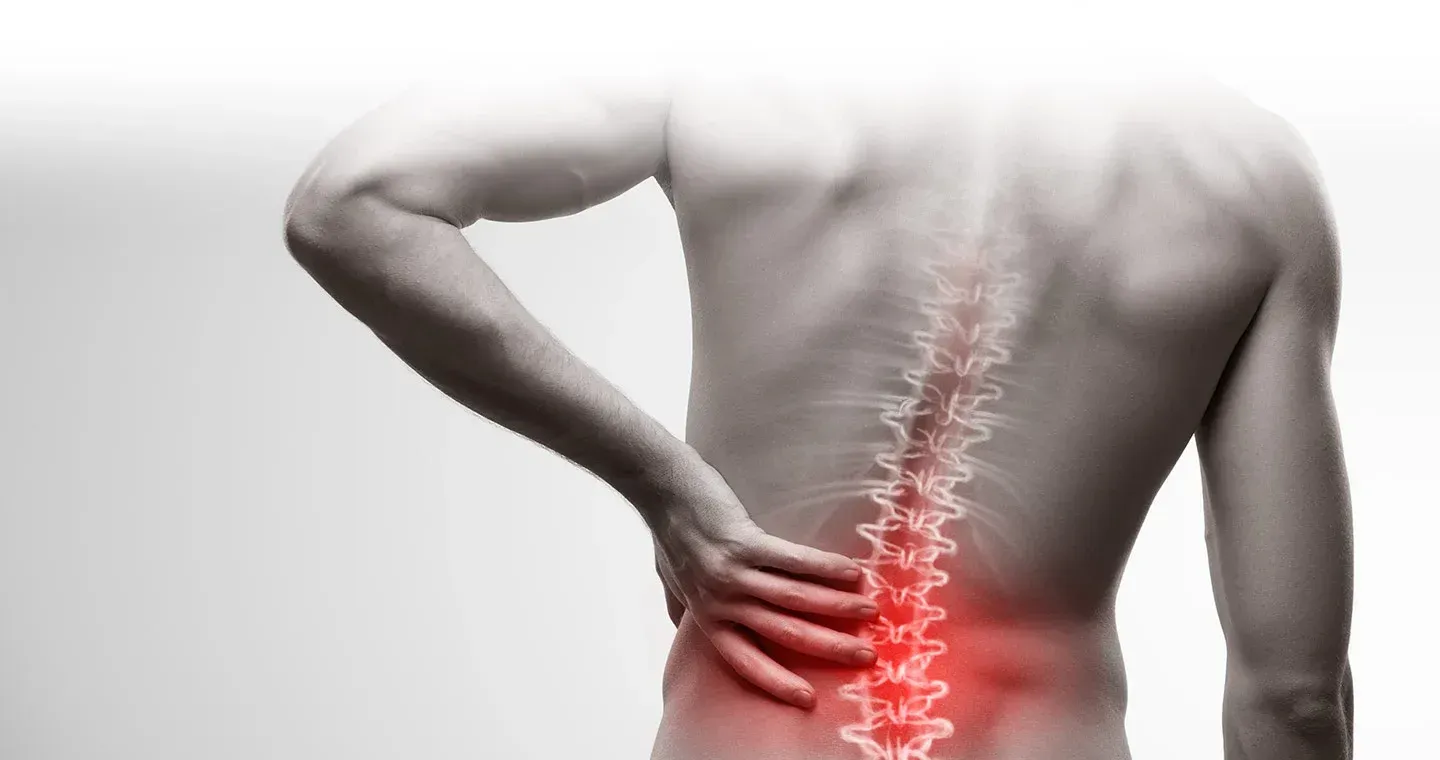Returning to Activity Post Lockdown
This is a subtitle for your new post

Never has it been more important to look after our health and wellbeing. The government lockdown that was implemented at the end of March 2020 turned our lives upside down, affecting millions of people in multiple different ways. Some people sought to increase their activity levels, finding ways of keeping fit by taking up activities such as jogging, running, brisk walking and cycling, while those of a certain age or with underlying health conditions were encouraged to isolate to reduce the risk of transmission.
Thankfully, almost 4 months on, restrictions are slowly starting to lift as the reduction in transmission continues. People who have been shielding will soon be able to go out and facilities continue to open. As we start to emerge into this ‘new normal’, reports suggests that during the period of lockdown period has had an impact on our health in a multitude of different ways. There are incidences where people report pain after rapidly increasing their activity as a way of keeping fit, while others while those who have been advised to shield may have encountered deconditioning as well as potential psychological effects such as anxiety and depression which can play a large role in pain perception in a whole host of musculoskeletal conditions.
What Can I Do?
Movement and exercise is important for our physical and psychological wellbeing. However we need to be mindful in the ways we approach our chosen activity to prevent overuse injuries such as tendinopathies.
Research is continuing to examine the multidimensional impacts of COVID-19. A study by University College London report a sudden spike in reported exercise at the beginning of lockdown, with 4 in 5 people report performing regular physical activity which has remained constant since. This also correlates with a more recent study from the University of Brighton that highlights a rise of musculoskeletal injuries associated with leisure activities from 15% to 28%.
There a number of useful tips and strategies that can help reduce your risk of injury as we start to emerge from lockdown. Should you wish to engage in more exercise, it is always worth consulting with a health care professional first should you have any concerns.
For those wanting to start an activity as a means to keep fit, ensure that you gradually increase your activity over the coming weeks. An example of an excellent graded exercise programme is the ‘couch to 5k’ for runners or the ‘couch to 30 miles’ for cyclists, many of which can be found online. Gradually increasing your exercise and activity appropriately stimulates cells within various tissues, encouraging adaptations which in turn help your body become stronger as well as improving your cardiovascular system.
For those who have had a significant reduction in their weekly activities, for example those have been required to shield or those who were highly active pre-lockdown, their tissues would have gone through a period of deconditioning. A paper by Bogdanis in 2012 highlighted that this reduction in activity and adoption of a more sedentary lifestyle has a significant impact on both muscle strength and mass, particularly in the larger anti-gravity muscles such as the gluteal and quadriceps . This is reinforced in a paper by Narici et al (2020) who notes the beginning of significant muscle atrophy within 5 days, with approximately a 10% loss at 30 days and 15% loss at 60 days. Therefore it is important to understand that as restrictions start to ease, your body will find it difficult to immediately return to the sort of intensity that you capable of pre-lockdown. Start off slowly, with shorter distances or lighter weights, and continue to develop over the coming weeks.
If you are aware that a task that will require significant effort, then you can break this activity down through a process called ‘pacing’. Set yourself a time limit and have a short rest in between the activity to allow the tissues time to recover and avoid the acute overload of tissues.
However some injuries, niggle, aches and pains are unavoidable in your attempt to get fit and physiotherapy can help you get back on the right track. By helping identify the problem, providing education and management strategies as well as a specific and tailored exercise programme to help facilitate your recovery, I can help you get back to the activities you enjoy sooner, pain free, and with the confidence and knowledge to help reduce your risk in the future.
















